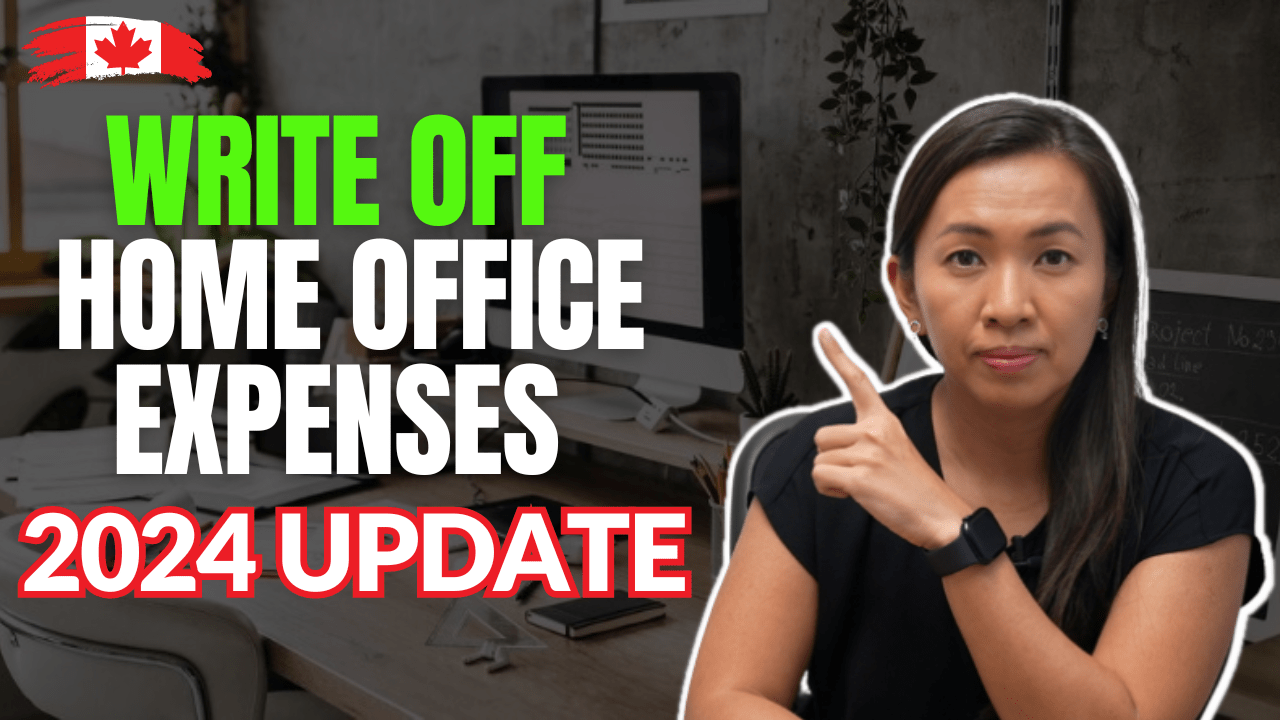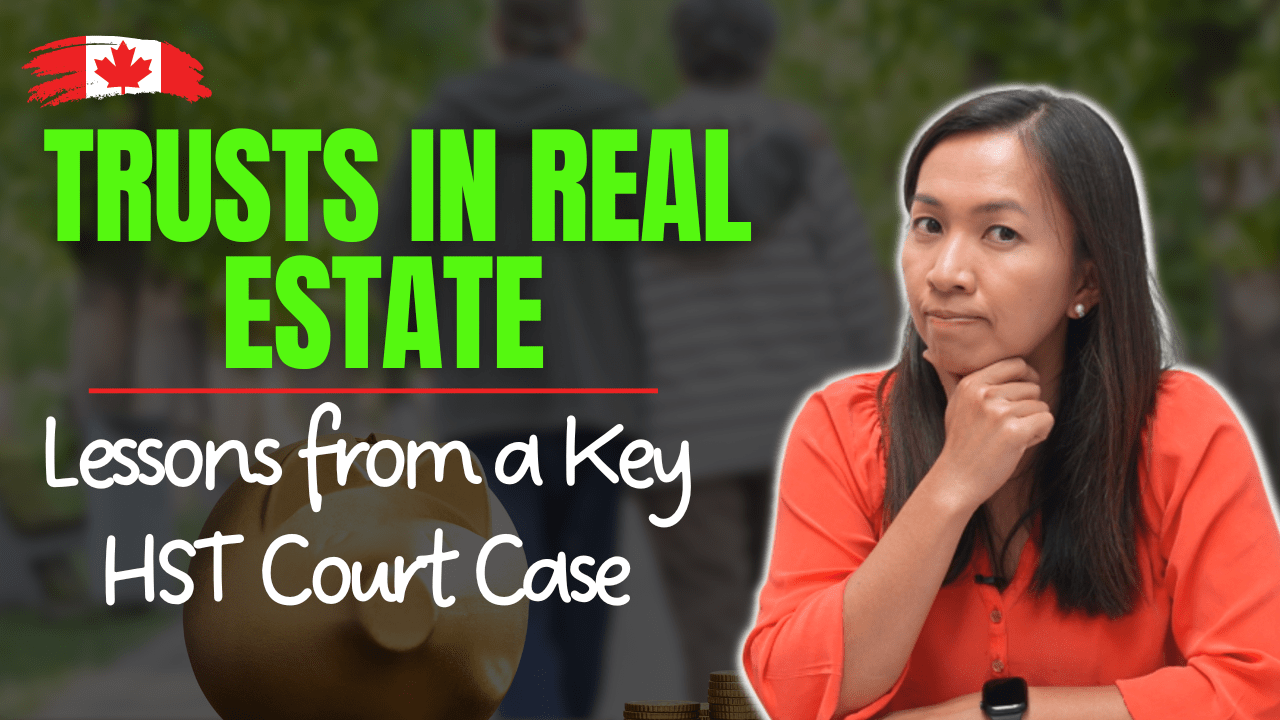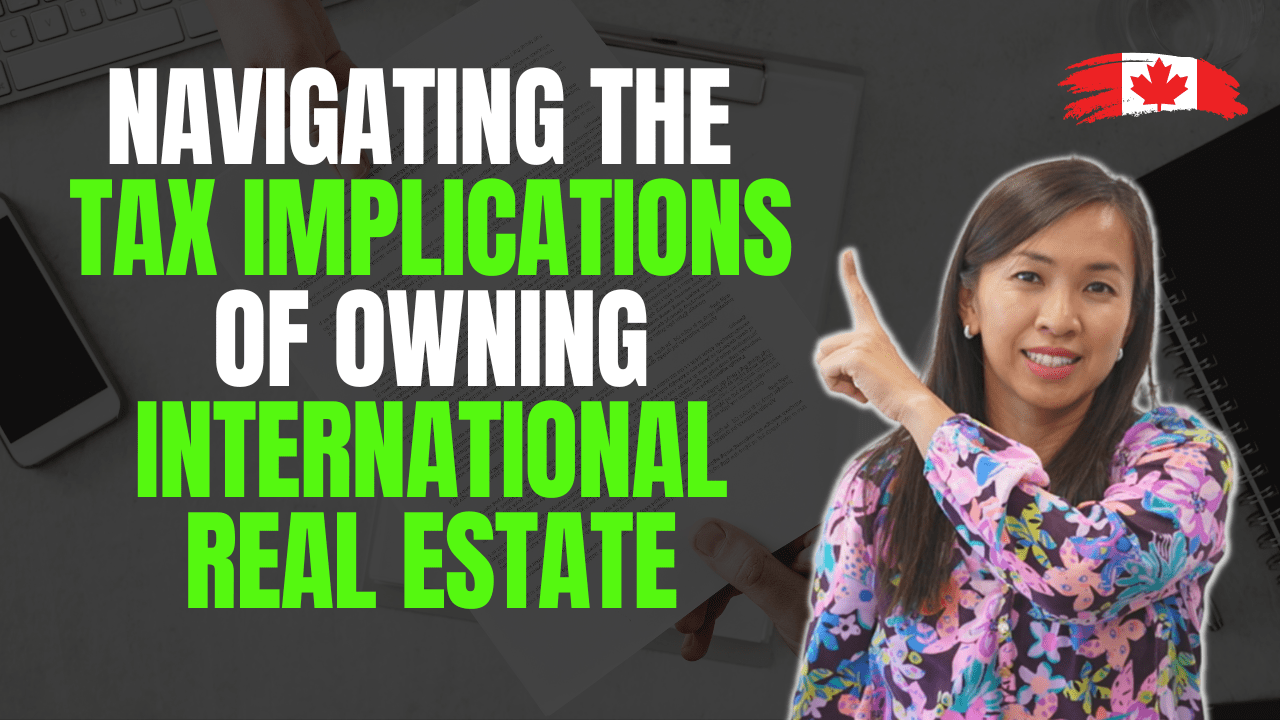We are at our annual cottage trip this week enjoying the beautiful Wasaga beach. We are staying at our friends’ cottage nearby.
Packing isn’t exactly the easiest thing. When we didn’t have kids, we would often wait until the day of to pack our stuff. With two kids and one of them being a new born, we can’t afford to be that last minute.
Only parents can relate here–from booster seat, diapers, formula to double stroller, we are able to pack everything we need into my minivan. Although the minivan isn’t really my dream car, hey, I will take practicality over anything, especially with two kids under two.
Cottage life is interesting for a girl like me, who grew up in a big city. We enjoy spending the time together with our families up north, although it will never be my investment priority to own one.

But for those of you who own a lovely cottage as your secondary home, do you know the tax implications it has when you sell it?
Because you actually live in the cottage for a part of the year, Income Tax Act actually allows you to designate your cottage as principal residence (PR).
Unfortunately, a taxpayer is only allowed to designate one place as their PR. If you’re married or in a common law relationship, you and your spouse/partner are only allowed to designate ONE place as your PR.
A taxpayer is only allowed to designate one place as their PR in a particular year.
The Income Tax Act uses the following formula to calculate the PR exemption:
(# of years home is PR + 1) x capital gain
# of years home is owned
Say you purchased your cottage in 2001 for $200K and you just sold it in 2015 for $450K. You got your own home since 2000 for $350K and the house is now worth $750K.
So, how do you decide which house to designate as PR?
The average annual gain on your cottage is ($450K – $200K)/(2015-2001+1) = $16,667 per year.
The expected average annual gain on your home is ($750K – $350K)/(2015-2000+1) = $25,000 per year.
In theory, the math is simple, you should designate your home as your PR in all the years since your average annual gain is higher with your home.
But the taxpayer can use the formula to their advantage to shelter a portion of the gain you make on selling the cottage. Let’s revisit the formula again!
(# of years home is PR + 1) x capital gain
# of years home is owned
Canada Revenue Agency (CRA) recognizes that a taxpayer may buy and sell a place in the same year and hence own two places in the same year, therefore, they inserted the “+1” in the formula to allow a taxpayer to fully shelter two houses as their principal residence.
And because of the “+1” in the formula, a taxpayer can designate one year less in their home and still fully shelter the capital gain.
Using the example above, the taxpayer would designate his home from year 2000 to 2014 as the PR, and designate the cottage as his PR for year 2015.
Using the formula, PR exemption for his own home, # of years home is PR = 15 years, # of years home is owned = 16
| (15 + 1) x ($750K – $350K) 16 |
= $400K (the entire gain is exempted!) |
PR exemption for his cottage is then calculated as follow:
| (1 + 1) x ($450K – $200K) 15 |
= $33,333 (Two years of gain is exempted!) |
And the taxpayer will only pay tax on $450,000 – $200,000 – $33,333 = $216,667, instead of the full $350,000 gain.
You may wonder what happen if your home value in the future drops and your average annual gain goes below $16,667 per year when you actually sell your home. Unfortunately this is a risk that the taxpayer has to decide to take. There is always a risk for you to designate your current home as your principal residence and not maximize the principal residence exemption benefit. Be sure to discuss this with us when the issue comes up.
The calculation can get complicated and technical. Make sure you speak to us when you decide to sell your cottage. Be sure to understand the tax impact on the sale before you proceed.
Until next time, enjoy the summer and happy real estate investing!
Cherry Chan, CPA, CA
Your Real Estate Accountant





